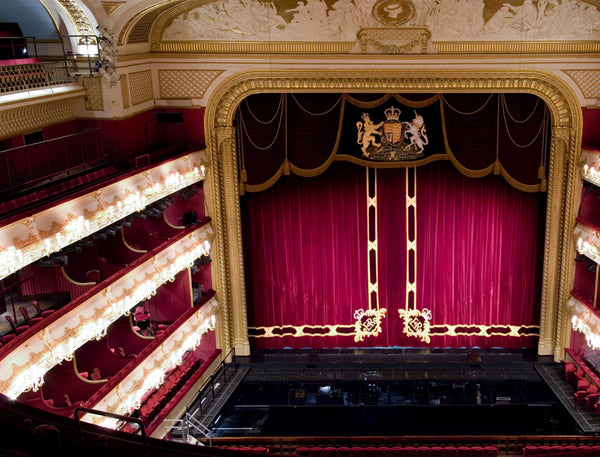The Royal Opera House in Covent Garden
Brief history
Based in Covent Garden in London, the original building was built in 1732 and for the first hundred years of its existence, it served primarily as a playhouse for scores of productions. The area derived its name from "Convent Garden" as it was originally a place where the monks of Westminster Abbey would grow their vegetables and fruits. The area's name was then shortened to Covent Garden and the performance house was named after the area. The building itself then started to be referred to as Covent Garden and the names became interchangeable.

The first ballet was performed there in 1734 with the first opera not far behind, being performed in 1735. What made Covent Garden stand out, originally, was the fact it was the first playhouse to be granted a patent for the display of "spoken drama". Receiving royal assent made the Opera House an integral part of British society and culture ever since.

Present day: The Opera House continues in its capacity as a venue for live performance. From the classical to the contemporary, all manner of ballets and operas are performed there as well as other forms of performance art.
Please visit their official website to check what is on or to make a booking.

Website
Address and access
Royal Opera House, Bow Street, London, WC2E 9DD
The nearest underground stations are Covent Garden, Leicester Square, Holborn, Charing Cross and Tottenham Court Road (step-free).
The nearest mainline train stations are Charing Cross, Waterloo and Euston.
The closest bus stops are Aldwych, Drury Lane and Leicester Square Station.
The nearest Santander Cycle Stations are Tavistock Street, Wellington Street and Drury Lane.
There are no onsite parking facilities. The nearest NCP car parks are Drury Lane and Shelton Street.











